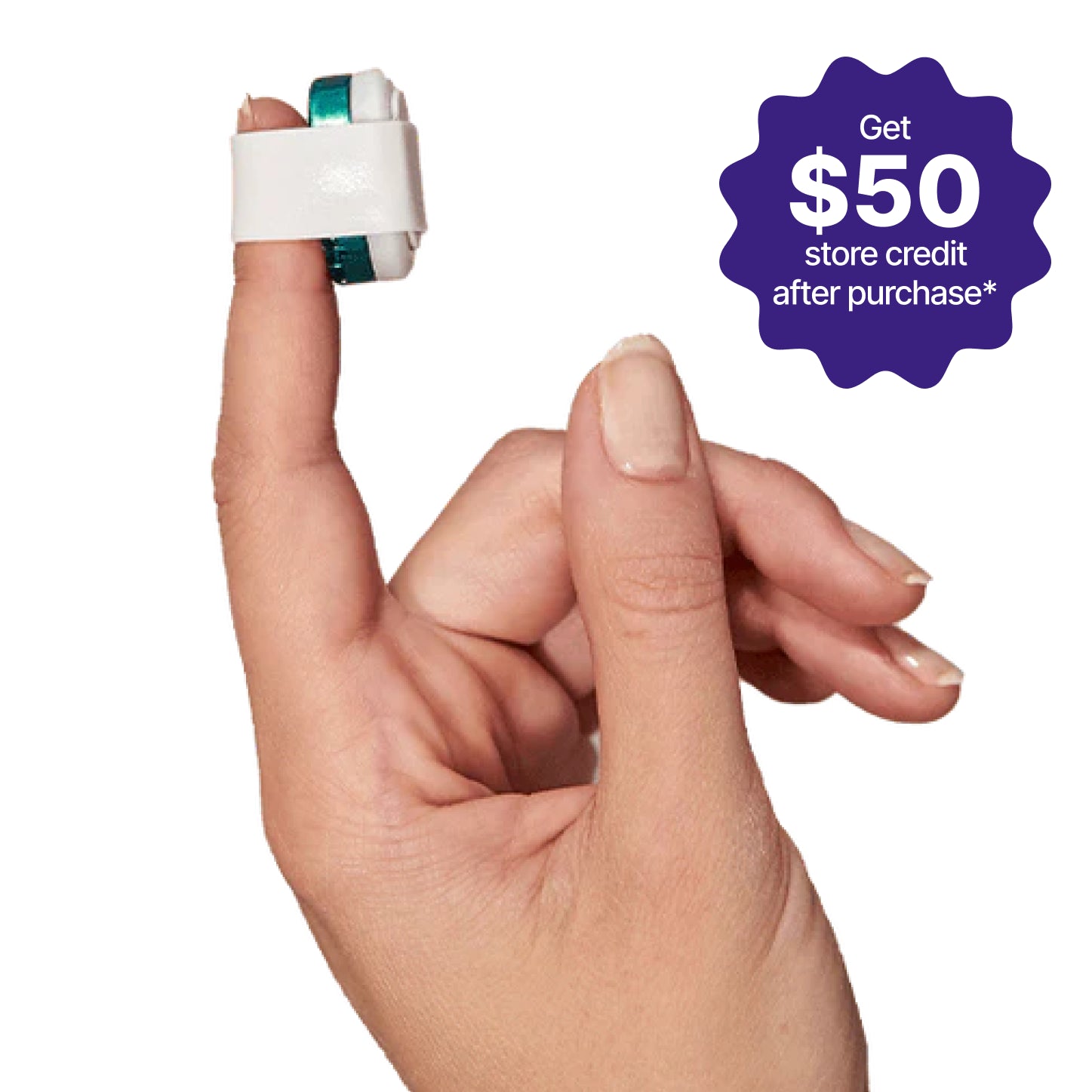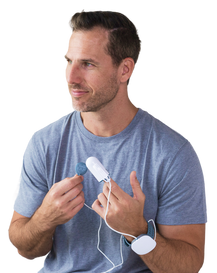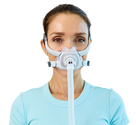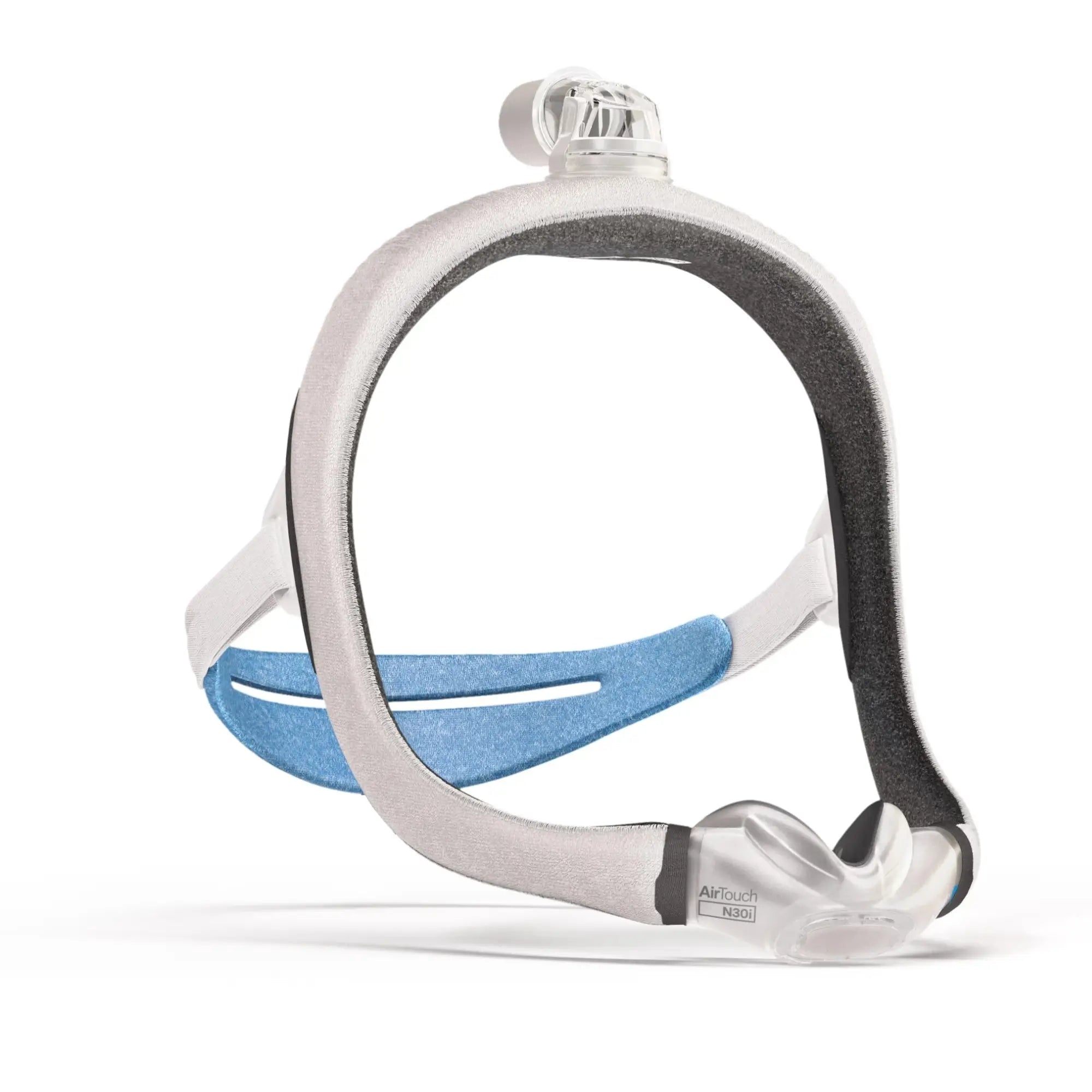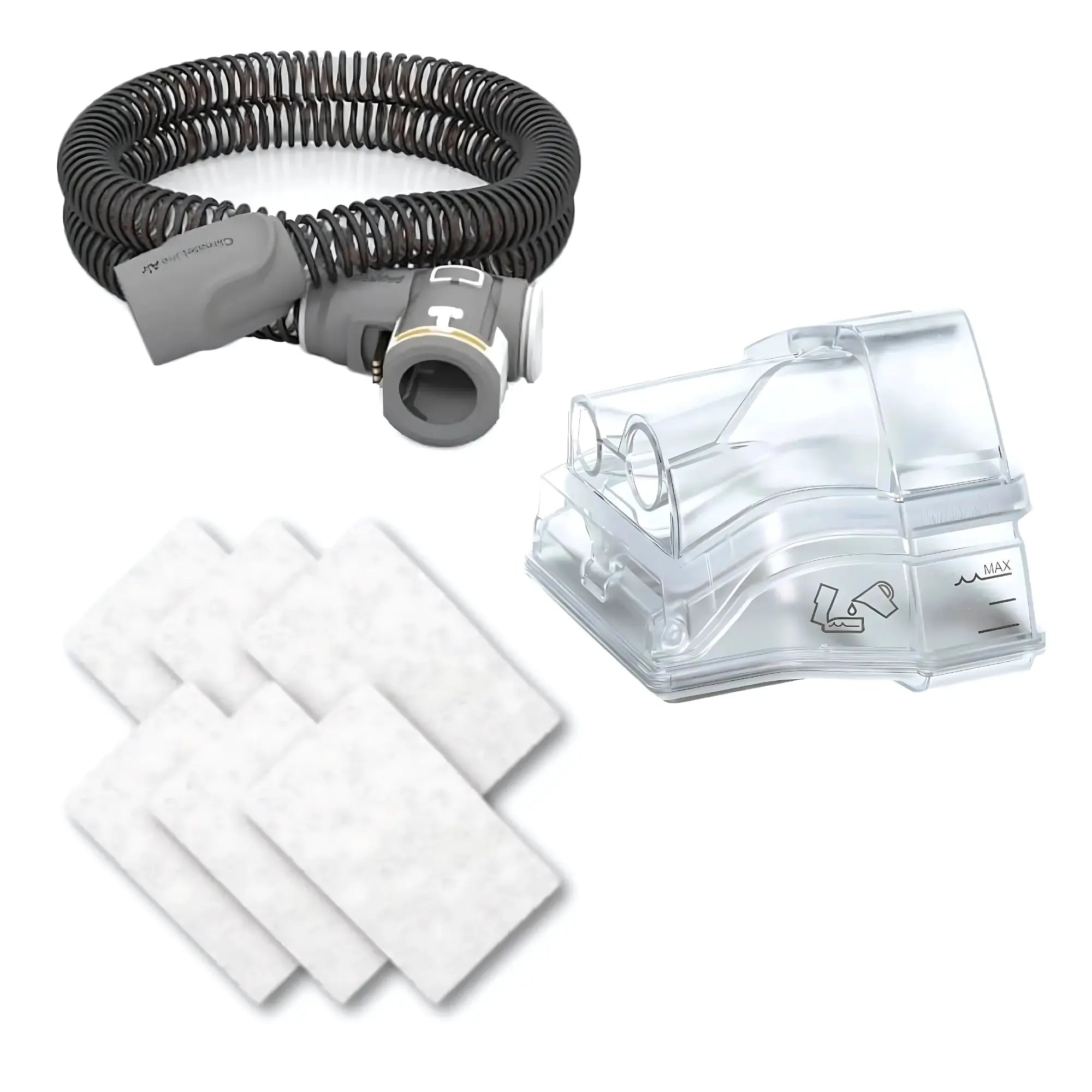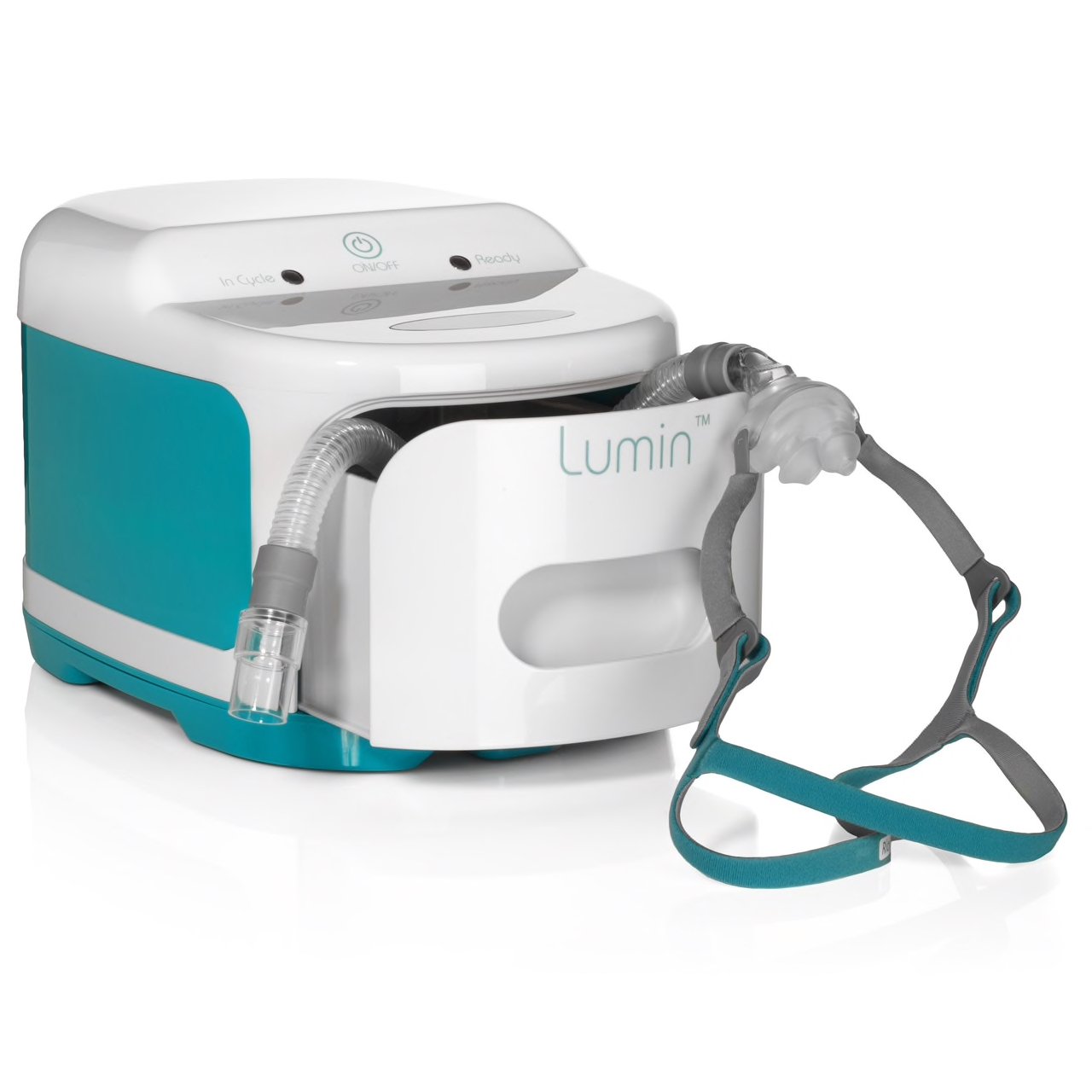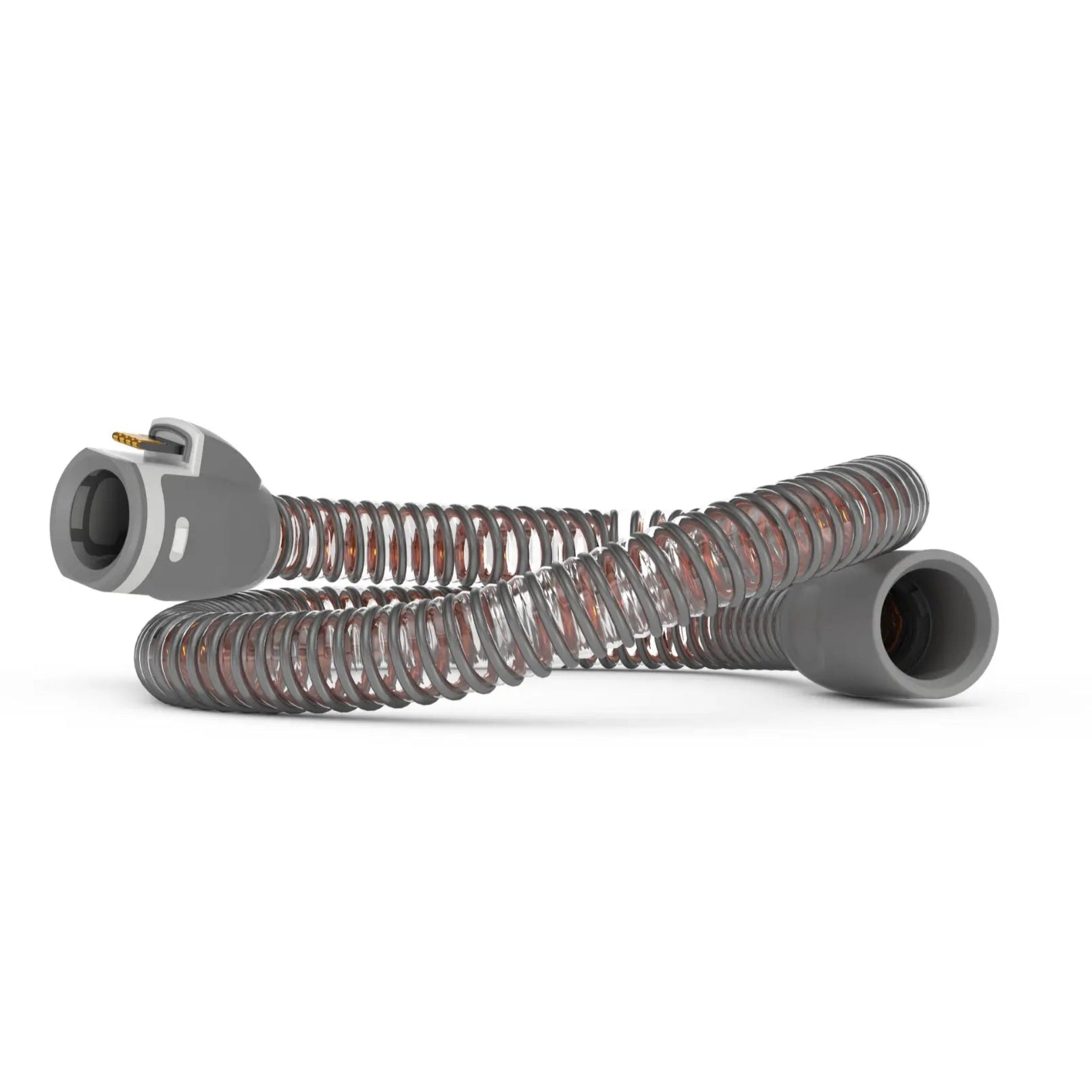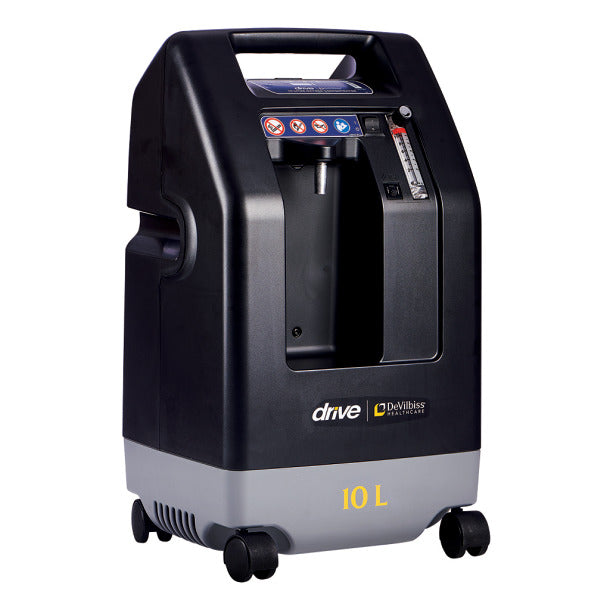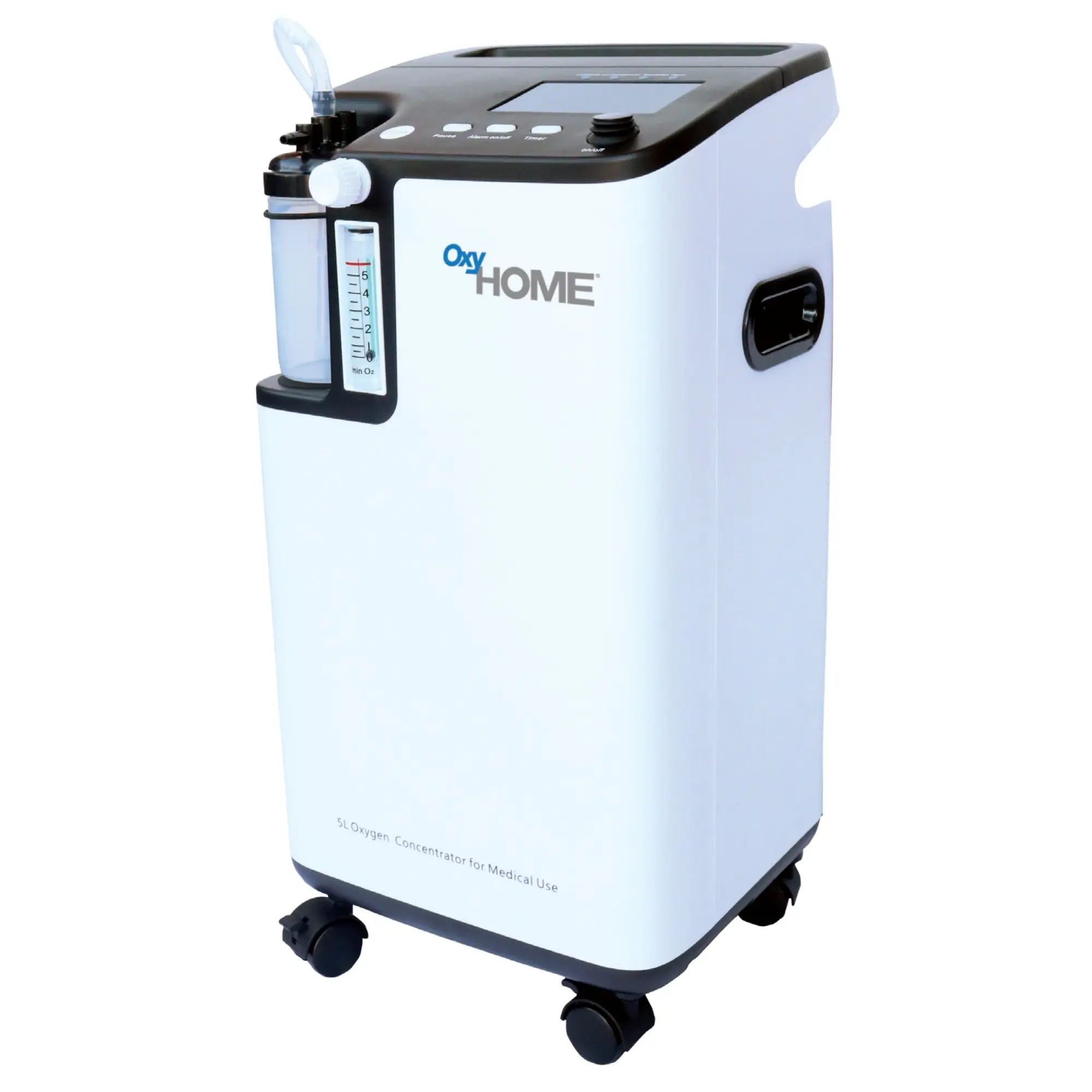Your guide to finding the most effective exercises to reduce sleep apnea.
If you have a sleep disorder like sleep apnea, you may face specific difficulties during your sleep. Sleep apnea is known to damage your breathing pattern potentially during the night. It causes your breathing to stop and start, repeatedly, while sleeping or can cause an obstruction in your upper airway causing you to snore or open your mouth to clear your airways.
Sleep apnea patients also face significant issues like morning fatigue also known as excessive daytime sleepiness, snoring problems, frequent headaches, breathing problems, insomnia, morning drowsiness, and irritability. The American Academy of Sleep Medicine published a study saying that there is a link between physical inactivity and mild to moderate sleep apnea.
There are many options available to treat sleep apnea like using CPAP or continuous positive airway pressure machines, BiPAP machines, etc. Yet, exercise remains one of the healthiest options. Exercise can help to reduce the effect of sleep apnea, along with incorporating a healthy lifestyle. Exercising regularly can reduce your risk factor of contracting heart failure, high blood pressure, or cardiovascular disease well as keeping your body mass index and body weight on the healthy side. It will reduce your risk of obesity and promote weight loss and overall better quality of life.
Exercising may even help you reduce your apnea-hypopnea index or AHI.
Today, we will talk about some of the best exercises for sleep apnea patients.
How Can Exercising Reduce Your Sleep Apnea?
According to Brazilian research, several patients noticed that their obstructive sleep apnea reduced by 39% after exercising regularly. Patients also observed that they were sleeping more peacefully, snoring less than before, and feeling fresh throughout the day.
So, it can help you in the following ways:
- It reduces snoring
- It enables you to sleep comfortably
- It allows more breathability
- It strengthens your breathing muscles
- It helps in regulating your breathing pattern
- It reduces the collapsing of the tongue
- It teaches a healthy lifestyle through exercising
Thus, exercising can help in reducing some of the significant symptoms of sleep apnea and improve sleep quality. Secondly, these exercises are also easy to implement and cost-effective.
You do not need to spend any extra dollars on buying heavy equipment for exercising. Nor do you need to go for another polysomnography or sleep study. All you require is dedication, consistency, and the most-effective tongue exercises to reduce the impact of sleep apnea on your life.
Best Exercises to Reduce Sleep Apnea
Major exercises to reduce sleep apnea are a form of oropharyngeal exercises which is called myofunctional therapy.
Oropharynx refers to the portion at the back of your mouth. It includes mouthparts like the tongue, uvula (a hanging structure at the back of your mouth), adenoids (a type of tissue present in your mouth), tonsils, and soft palate (the back area in the roof of your mouth). Sometimes this area is pushed back while sleeping and can block your airways causing sleep apnea symptoms. A simple oral appliance may correct this problem but if it persists you may be prescribed CPAP therapy as well.
Thus, oropharyngeal exercises will mainly focus on your mouth and throat areas to strengthen them and improve your breathing mechanism. People with mild to moderate OSA can improve their symptoms by regularly doing these exercises and have better sleep.
Now that you have stumbled upon this article, we suggest you get comfortable and try out all the exercises we have in store for you!
Exercise 1: Singing at the top of your voice

Did you know that singing is a useful exercise for your throat muscles? If you didn’t, then now you do!
All you have to do is sing and focus on all the syllables you are signing. It sounds simple right? You can enunciate the vowels and feel how your throat focuses on every word.
This exercise has certain benefits like:
- Helps in strengthening the muscles of the soft palate
- Improves the upper airway muscles
- Reduces collapsing of tongue
So, play your favorite song and sing to its beats!
Exercise 2: Roar like a tiger!
This exercise may sound a little unusual, but it works wonders for your facial muscles and throat muscles. You can start a video of a tiger roaring on Youtube and observe its facial expressions. Once you are done, try to mimic the same with similar intensity.
Open your mouth wide and try to move your tongue near your teeth as much as possible. This can help in lifting your uvula. Do this ten times for 5 seconds each.
This exercise can help in strengthening the thin and long muscles of your throat. These muscles are the root of all sleep apnea-related problems. Once they turn stronger than before, you are on your way to reducing sleep apnea.
Exercise 3: Exercise your tongue

The main cause of obstructive sleep apnea syndrome or OSA is the sudden collapse of the tongue that can block the airflow to your upper airways. Due to this, you should give importance to different kinds of tongue exercises to strengthen it and prevent it from collapsing during the night.
Let’s take a look at some of the best exercises, especially for the tongue:
- Say ‘door’ and position your tongue on the upper side behind the teeth and near the soft palate. Keep it this way for 4 to 5 minutes.
- Keep your tongue on the bottom of your mouth and brush your upper and side teeth. You can repeat this movement five times in one go and do it three times a day.
- Make clicking sounds, against the roof of your mouth (also known as the hard palate), with your tongue. Do it for 15 seconds and repeat it ten times a day.
- Try to fold the edges of your tongue and stick it out as much as you can. Hold this position for 10 seconds and repeat it ten times a day.
- Lastly, try to touch your nose with the tip of your tongue. Do this for 10 seconds and repeat it ten times a day.
Thus, these tongue exercises can prevent your tongue from collapsing to the back of the throat and reduce obstructive sleep apnea.
Exercise 4: Stretch your soft palate
Exercises for your soft palate can also improve your sleep apnea treatment. These exercises can reduce the overall effect of sleep apnea and give you a comfortable sleep.
You may wonder, how can you stretch your soft palate? Well, it is easy. The first thing to do is to open your mouth as wide as you can. Now, at the same time, say ‘Ah’ from the back of your throat. Try to do it for 10 to 20 seconds and five to ten times a day.
This way, you can stretch your soft palate and also strengthen your muscles.
Exercise 5: Jaw Exercises to Release Tension
If your jaw is too tight, it may cause discomfort while breathing. It also acts as an obstruction to the breathing passage by exerting pressure on it.
So, to loosen up your jaw, you can try many easy and quick jaw exercises. Let’s take a look at some of the best ones:
- Open your mouth. Now, move your jaw to the left side for 30 seconds. Similarly, repeat it on the right side.
- Yes, smile as wide as you can. Now, slowly open your mouth but just a little. Try to inhale through your mouth and then exhale and let go of your smile. Repeat it 10-15 times.
- Position your tongue at the top of your mouth and behind your upper front teeth. Now, open and close your mouth. Repeat it ten times.
Conclusion
We hope these exercises help you in reducing your sleep apnea. These exercises coupled with breathing exercises can help you reduce your sleep apnea symptoms. However, it may require patience and some lifestyle changes. We recommend that you continue your CPAP machine therapy as well as follow the advice of your sleep medicine doctor and do these exercises to ensure efficiency in breathing.



